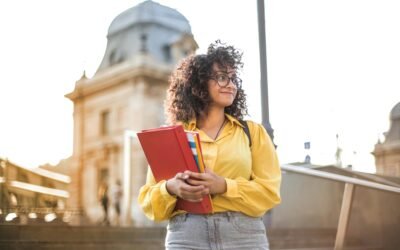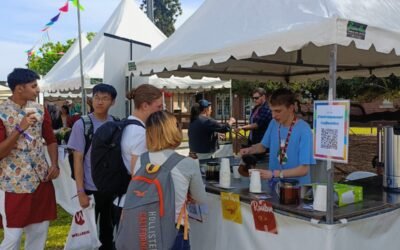By Aldric Chuah:
Indigenous people are recognised as the original inhabitants of the Australian land mass and associated islands. For 50,000 years they were autonomous and the concept of land was that no one individual owned it. It was a natural resource that would be able to sustain everyone across the land.
However, British settlement in 1788 replaced this concept with the doctrine of terra nullius or land belonging to no one. Indigenous people were disposed of their lands, abused to the settlers’ advantage and children were forcibly removed from their mothers in what is now know as the ‘Stolen Generation’. Ever since, successive governments have employed various approaches to address the many issues facing Indigenous Australians in contemporary Australia.
The policy of self determination was implemented by the newly-elected Whitlam Labor government in 1972. It was a radical change in government policy and it enabled Aboriginal people to continue living their lifestyles in an autonomous manner. The passing of the Northern Territory Act 1976 by the Fraser government enabled some Aboriginal Australians to live on their traditional lands. It finally gave Aborigines something tangible and a way to assert their cultural uniqueness in a non-Indigenous Australia. The policy of self determination signalled that the government finally acknowledged the cultural contributions that Indigenous Australians provide to a non-Indigenous Australia, and dispelled the notion that Aboriginal equality could only be achieved by the loss of Aboriginal identity. The self determination policy of the Whitlam government finally drew a dichotomous line between the policies of an old Australian establishment and a new and independent Australia. Although Aborigines still suffer widespread discrimination, various Acts of Parliament such as the Racial Discrimination Act and the Anti Discrimination Act did improve slightly the well-being of Aboriginal Australians.
A watershed moment came in the landmark decision of Mabo v Queensland (No 2) case in 1992 when it was found that there was an existence of native title in the common law and that Australia was not ”terra nullius”. This decision changed the firmament of the Indigenous peoples and propelled the rights of Indigenous Australians into mainstream Australian discussion. The subsequent Native Title Act 1993 was enacted. The 1996 Wik decision found that pastoral leases and native title could co-exist there are conflicting schools of thought on what this means.
In February of 2008 Prime Minister Kevin Rudd made a national apology to the Stolen Generations. In doing so, the Commonwealth of Australia readily acknowledged that its past policies and actions were detrimental to the lives of Indigenous Australians and in the words of that momentous day “parliament resolves that the injustices of the past must never, never happen again.”
There is a current debate as to whether we should recognise Indigenous Australians in the Constitution. Rosalie Kunoth-Monks is of the view that we should not recognise Indigenous Australians because it will subjugate Indigenous Australians into a foreign constitution. The argument is that sovereignty will be ceded. The opposing view is that we ought to recognise Indigenous Australians in the Constitution so as to provide acknowledgement on behalf of the Commonwealth and to restore dignity.
Indigenous Australians are part of a multicultural Australia as much as anyone else and as such, I am of the view that they should be recognised as the original inhabitants of this land. Of course I must not discount the opposing view and maintain that any alteration to the Constitution be taken with full consideration and consultation of all relevant parties. As Australians we do not seek to alienate or discriminate on the basis of colour or cultural heritage but we all seek to overcome the missteps of the past.
IMAGE: Tent Embassy in Canberra by Bentley Smith



